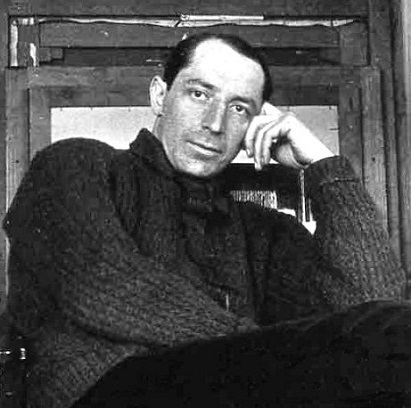Umberto Boccioni (Umberto Boccioni)

Painter, Sculptor, Theorist. The greatest of the Italian Futurists, he celebrated the vitality of the industrial age by seeking to depict time, space, energy, and even sound in his work. Although he was active with that movement only a short period before his premature death, Boccioni’s ideas had far-reaching consequences in the development of 20th Century art. His best known masterpieces, the painting “The City Rises” (1910) and the bronze sculpture “Unique Forms of Continuity in Space” (1913), are on permanent display at the Museum of Modern Art in New York. Boccioni was born in Reggio di Calabria, Italy, and studied art in Rome, Paris, and Venice. He was initially influenced by the pointilist style of Seurat. After moving to Milan in 1908 he was introduced to the progenitor of the Futurist movement, poet Filippo Marinetti, and enthusiastically began translating his literary principles into images; in the process his style moved from the figurative to the abstract. Boccioni was the primary author of the “Manifesto of Futurist Painters” (1910) and on his own wrote the “Manifesto of Futurist Sculpture” (1912) and “Futurist Painting and Sculpture” (1914), detailing his theories of creative synthesis. On sculpture he declared, “Let us open the figure like a window and include in it the milieu in which it lives”. Between 1911 and 1914 he participated in four successful group exhibitions in Paris and London. His other major works include the sculpture “The Development of a Bottle in Space” (1913), a series of paintings entitled “States of Mind” (1911), and the canvases “The Street Enters the House” (1911), “Simultaneous Visions” (1912), “Elasticity” (1912), and “The Dynamism of a Soccer Player” (1913). When Italy entered World War I in May 1915, most of the Futurists (who saw war as a “progressive” event) volunteered for the Italian Army, and Boccioni was assigned to an artillery unit stationed near Verona. The artist was thrown from his horse and trampled during a training exercise, dying from his injuries the following day. He was 33. In a grim irony, the elemental power of horses was the subject of his last great painting, “Charge of the Lancers” (1915). He was buried in Verona. There is also a memorial for Boccioni in Chievo, at the site where his fatal accident took place. (bio by: Bobb Edwards)
Born
- October, 19, 1882
Died
- August, 08, 1916
Cemetery
- Cimitero Monumentale di Verona
- Veneto
- Italy

